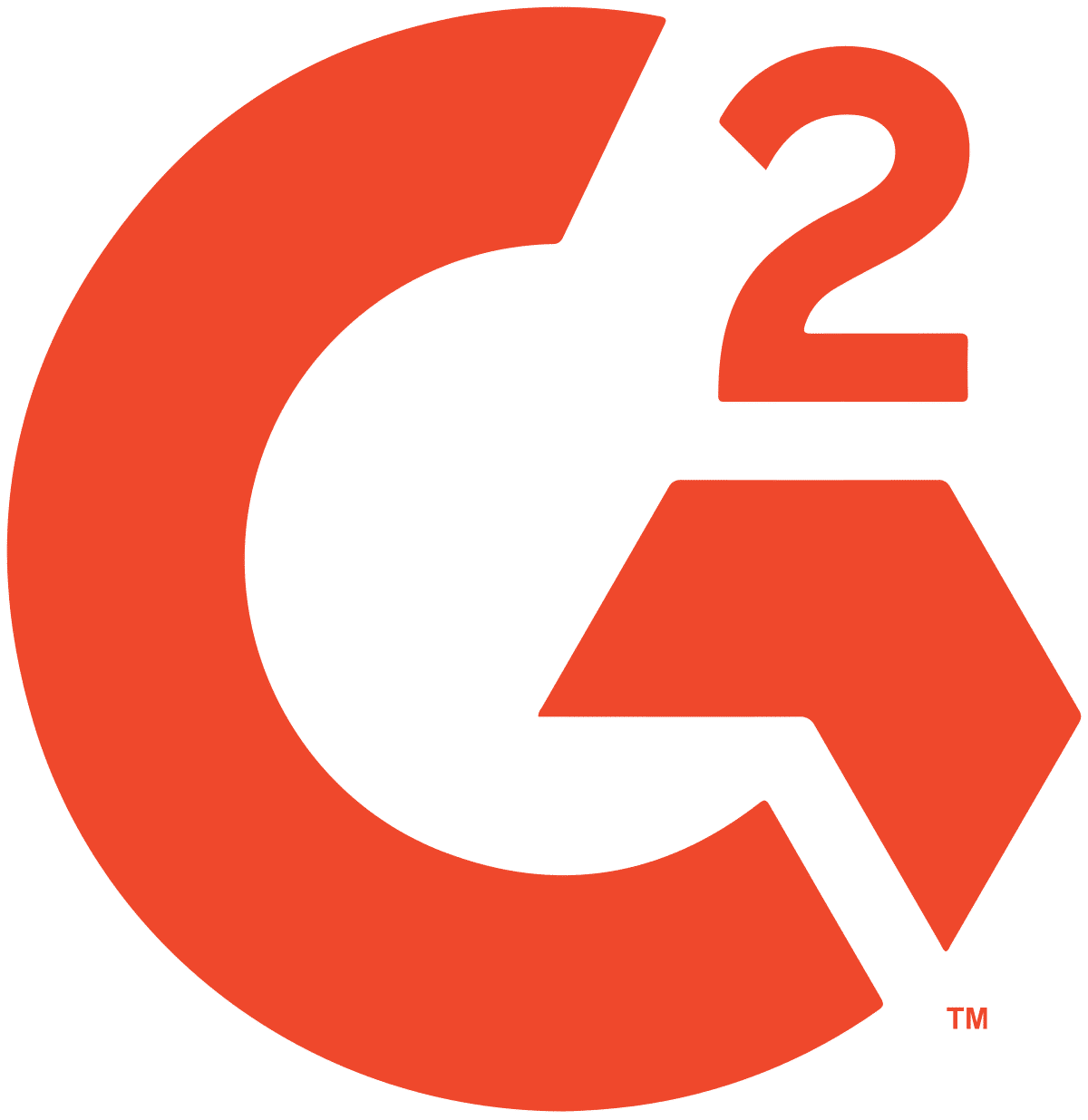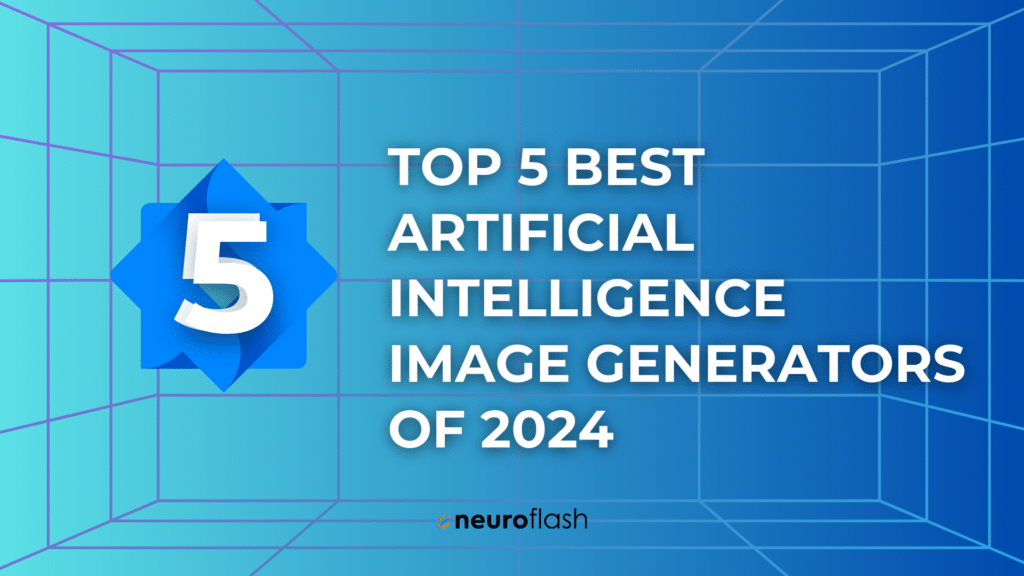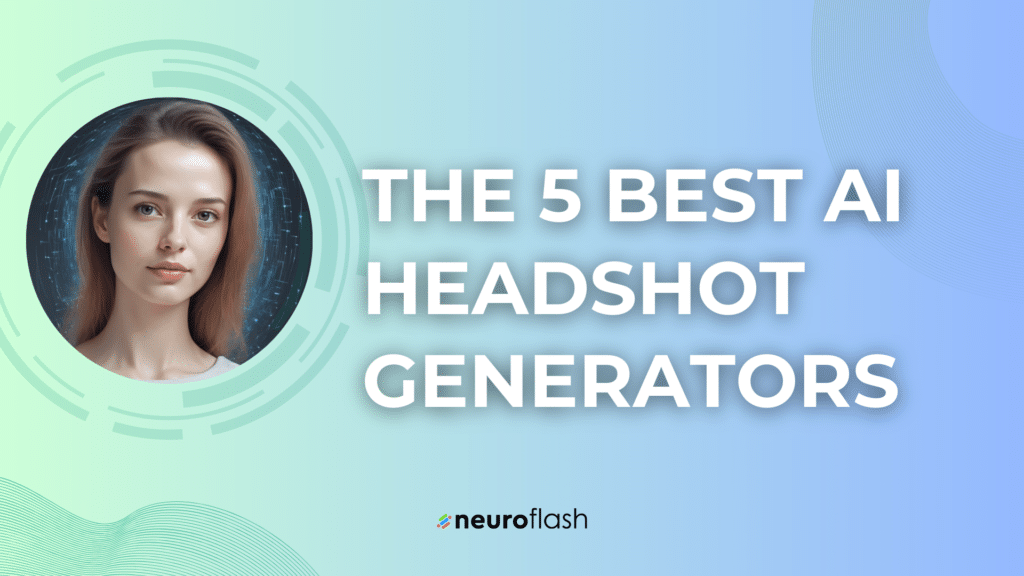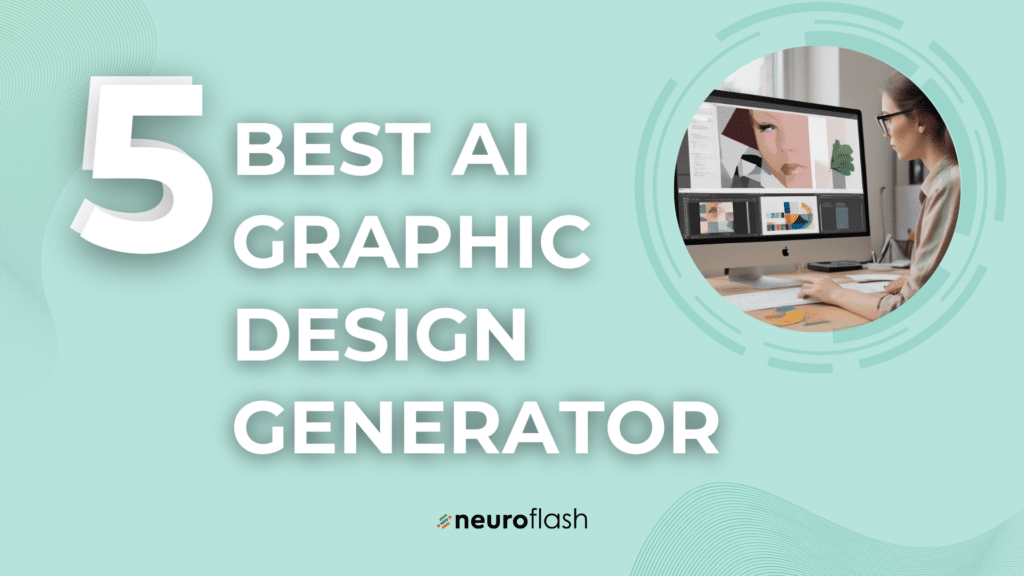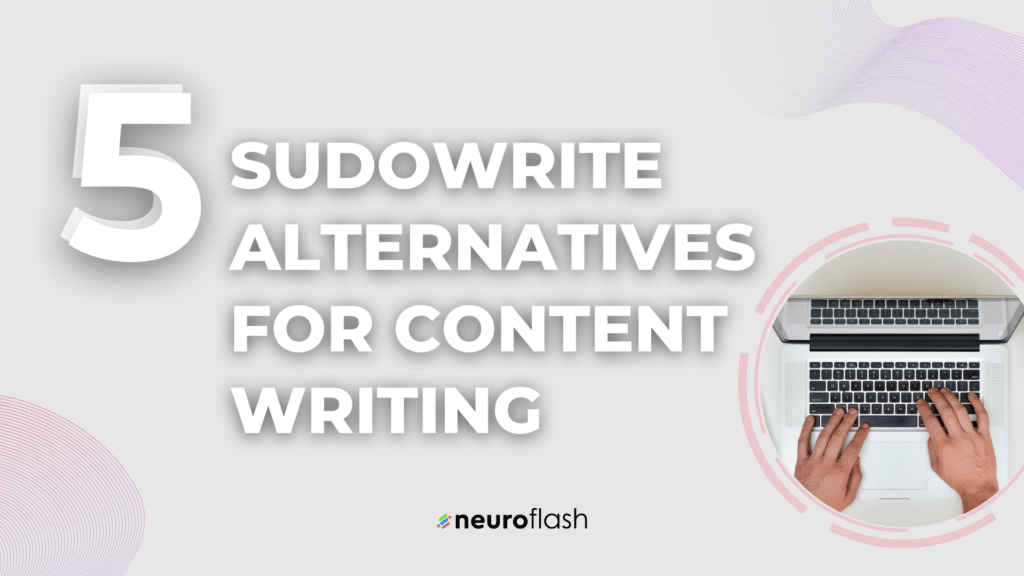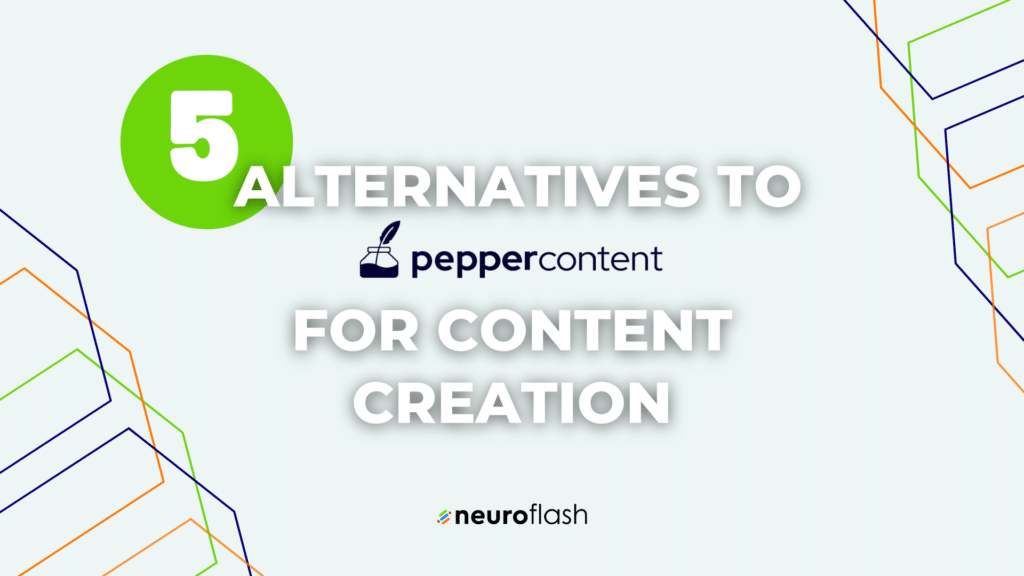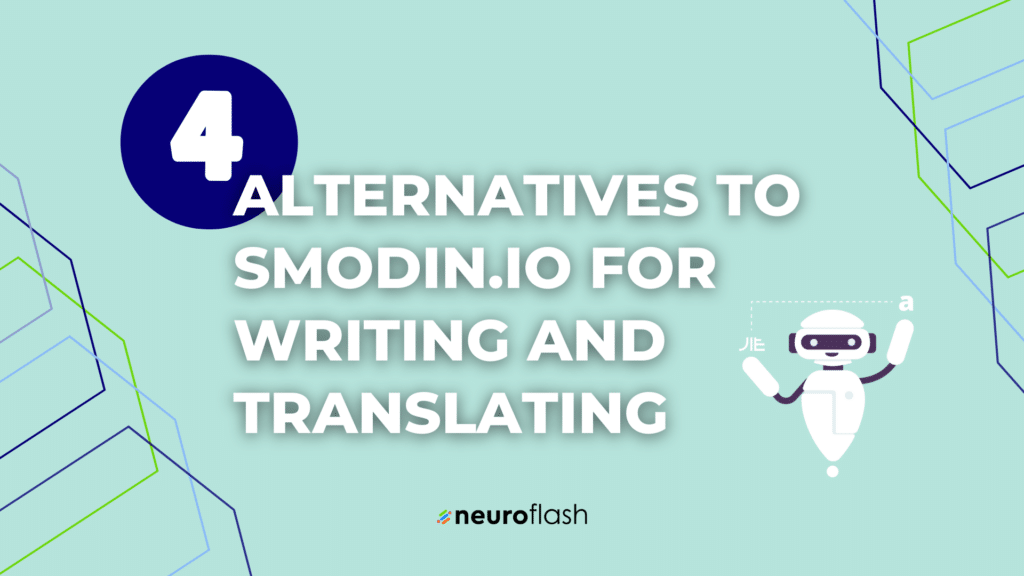Biases are a natural enemy of critical thinking. However, people are naturally prone to be biased. During the repetitive social processes and situations, the brain builds up “shortcuts”, connections and associations between elements that were already encountered in the past.
In his recent talk at the Esomar Fusion big data conference, Dr. Jonathan Mall introduces a new outlook on biases from a scientific point of view, and how to use implicit methods in neuroscience, along with the AI, to predict consumer behavior.
Application of implicit methods in marketing
Implicit research methods seek to measure underlying responses that people are often not fully conscious of. These come automatically to our brain and are often influenced by culture, society, and past experiences. Whatever the brain sees, it cannot unsee – meaning it makes lasting associations in the subconscious. This is exactly what implicit methods target with machine learning in order to predict the effectiveness of the marketing strategy.
Every word matters
Brands often don’t pay too much attention to every word. It would be physically and economically unprofitable, so they rely hugely on the marketing opinions of the qualified professionals. But what if there was a way to analyze every word used in a campaign and see exactly how it affects an average consumer? This knowledge would be powerful and could take the marketing effectiveness to a whole new level. One of the innovative techniques that NEURO FLASH introduces to the market does exactly that.
How the NEURO FLASH approach works
While automatic associations are a fairly abstract concept, AI helps brands predict them, and change the context of their marketing efforts to best suit their target audience. How exactly does it work? The process behind this innovative technique is to model the “biases” on the relevant consumer group, scrape and analyze the data from the internet, and then grade it based on cultural and conceptual context.
Combining surveys and AI
The high quality comes from surveys, but then you use big data to make more out of it, to extract the pattern and get this really big ability to do more. The biggest advantage compared to traditional survey methods is that you don’t analyze a sample group – instead, you get an overview of a large consumer group’s expected behavior.
It’s like getting constant feedback and suggestions for improvement of your marketing efforts.
NEURO FLASH typical model analyzes more than 31 billions words. Jonathan further explains how this method can help both digital agencies and big brands. Watch the full video of the conference speech to see real examples and learn more about how to combine neuroscience and machine learning to improve marketing.
Questions, comments or want to try a free-trial of our FLASH AI?
Easily get in touch with us by booking an appointment to chat.


